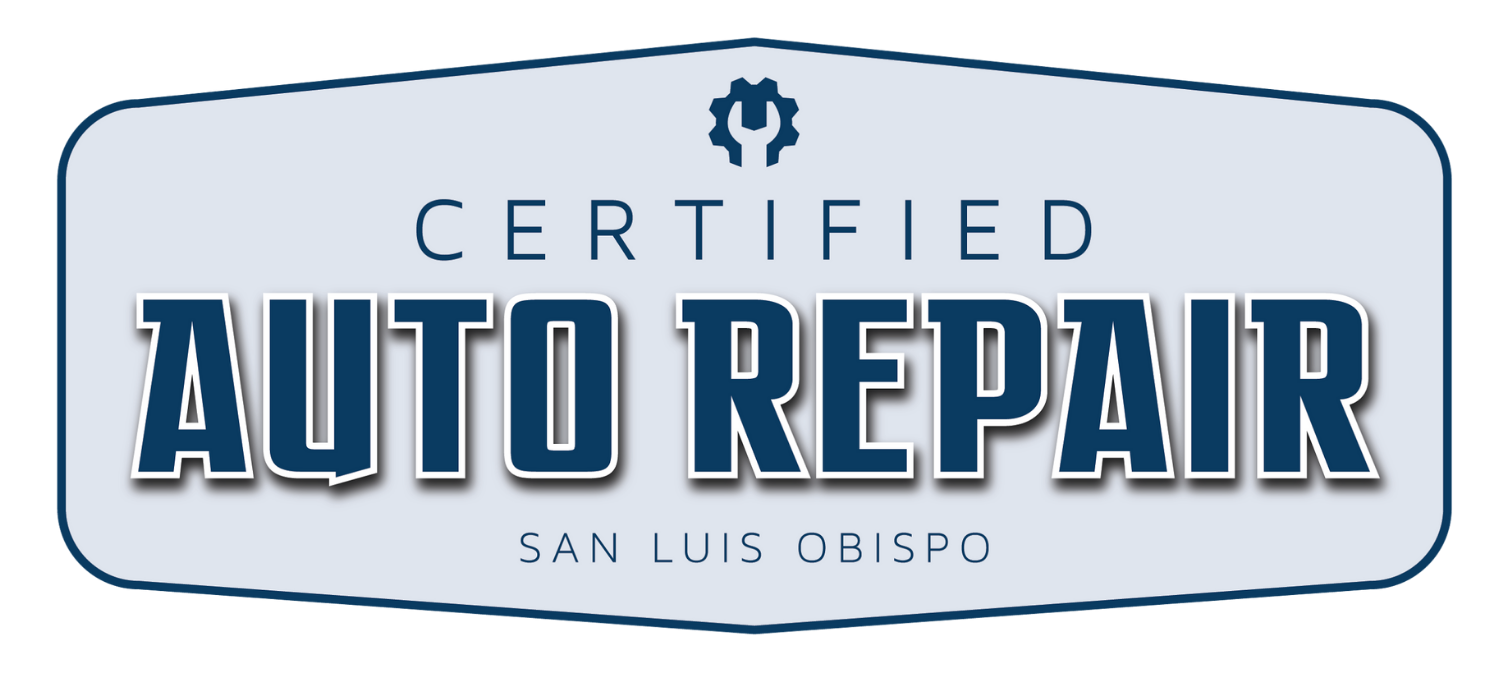
We don’t live in the Pacific Northwest, but it can get rainy around California’s Central Coast as we recently experienced. We also saw that rain can cause havoc on our cars. So, the master San Luis Obispo mechanics at Certified Auto Repair in SLO have come up with a list of car-care tips for the rainy season.
1. Check your tires
The grooves on your tire tread aren’t merely decorative. These grooves are specifically designed to channel water away from the “contact patch” of rubber that glues your car to the road. Excessively worn tires with shallow tread struggle to move water out of the way. Hit a deep enough puddle and the entire contact patch can be momentarily lifted clear off the ground. This is called “hydroplaning,” and can cause the car to veer out of control or spin. To see if your tread is still deep enough to be safe, stick a one peso coin—Rizal facing out—into the grooves. If you can see the year marking under Rizal peeking over the edge, it’s time for a tire change.
Added tip: Keep your tires inflated to the recommended pressure. Higher pressure helps squeeze the water out of the way, as well.
2. Clean your windshield
As water dries on the surface of the glass, it leaves mineral deposits that dirt and other water droplets can stick to. Give your windshield a good cleaning every once in a while to remove these hard water spots. Using a water-repellant product further improves visibility by making raindrops bead up and roll off, rather than smear across the glass.
3. Give your car a good wash and wax
Yeah, yeah, washing the car seems a bit pointless if it’s going to get dirty again, but car paint is just as vulnerable to water spots as glass is. A good, protective layer of wax can help keep those spots from forming, and makes it easier to clean the car after the rain. Wax makes the rain bead up and roll off just like glass-protection products do.

4. Clean or change your windshield wipers as needed
Wipers should ideally be replaced every year. The rubber blades become dry, brittle and cracked over time, leaving distracting skips and streaks as they move across the glass. When buying replacement wipers, be sure to bring the originals with you to the store to ensure you buy replacements of the right length and with the proper connector clips.
5. Clean out your windshield washers
Water deposits can clog the tiny nozzles on windshield washers over time. Thankfully, these can be cleaned easily with a fine needle, which can also be used to nudge and re-aim the nozzles to adjust the spray pattern. If the washers are too far gone, replacement washers with better spray patterns are relatively cheap and easily available.
6. Check for leaks
The rubber seals around the doors, windows, hood, trunk and even the taillights can come loose or degrade over time. Clean out any debris that gathers around these seals, and check for leaks and telltale signs of water pooling in odd places. Better to fix that leak under the taillight while it’s small, rather than after you’ve found a swimming pool inside your trunk.
7. Inspect your undercarriage
Grease, grit and water picked up from splashing through puddles can lessen the effectiveness of your brakes. A good cleaning may be necessary if you drive through any dirty standing water. That water can also seep into any cracked or loose CV joint boots—the rubber boots that cover the constant velocity joints that attach your drive wheels to the transmission—washing away lubrication and leading to costly repairs. If anything is loose, leaking or squeaking, better get it fixed ASAP!
8. Tighten your belts
The accessory belts, those thick rubber bands attached to the pulleys on the side of your engine, transfer power from the engine to the alternator, air-conditioner and power steering systems. If the belts are worn or loose, they can squeal, especially when it’s wet out. Not a pleasant thing to listen to when stuck in monsoon-induced traffic.
9. Keep an emergency kit handy
This includes a phone charger, a raincoat, a tow cable, a flashlight with an emergency flasher function (because the reflectorized early warning device can be hard to see in bad weather), and jumper cables. The last is important, in case your battery dies due to the cold weather.
10. Check your battery
While a car battery can last up to five years, the rainy season in this country often cuts that down to just one or two. Cold, wet weather can stress your battery, and humidity can cause terminal corrosion and minor electrical grounds that can drain it overnight. If your car becomes harder to start, or the lights dim at idle, or if the battery shows signs of drying out or bloating, it’s probably time to change. Spending for a new battery is a whole lot better than spending the night stranded in the rain.
For more car-care tips or to have the friendly San Luis Obispo mechanics at Certified Auto Repair in SLO take a look at your car to make sure it’s ready for the season, we’re always a call or click away.

